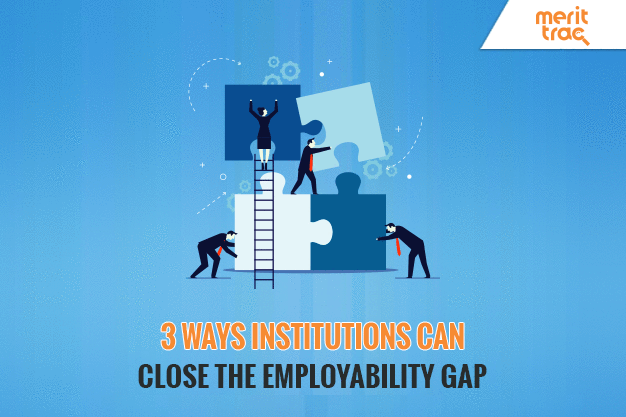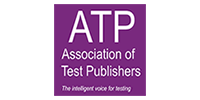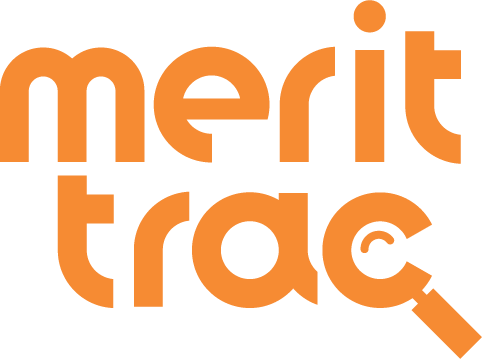
3 Ways Institutions Can Close the Employability Gap
Date: 20/11/2018 | Posted by: MeritTrac | Category: Employability , Education
Education and skills are the two major drivers of the country’s economy, with the former equipping the workforce to fulfil the skill needs of the industry in the future. Currently, the industry’s demand for skills and the supply in the form of fresh graduates each year seem to be out of sync with each other. According to an AICTE data, 60% of the eight lakh engineers graduating from technical institutes across the country remain unemployed. What’s more, about 90% of jobs in the country are skill-based, whereas only 2% of the population is currently enrolled for vocational training. On the other hand, 39% of the employers have reported that finding the right-skilled talent is one of their biggest business challenges. These stats throw light on the towering issues around employability gap in the country. How can college placement officers bridge this alarming skill gap? One way is to assess students on their cognitive, behavioral and communication abilities. This will help provide necessary training and upskill candidates in trending skills and capabilities that will be required in the future.
Here are some ways in which educational institutes can step up to meet the evolving skill needs of the industry.
Use formative assessments to recognize gaps in students
Currently, only 42% of employers worldwide believe that newly educated workers are ready to be employed, while 72% educational institutes believe they do. This highlights a huge mismatch in the understanding of the skill demand between industry and educational institutes. There is a dire need to map the skills according to what is actually demanded by the industry by coming up with a mechanism that can identify evolving industry needs and make projections for the job market of the future. Using scientific formative assessments underpinned by cognitive technology and predictive analytics can help institutes gauge skills, abilities and personalities of candidates , enabling contemporary education and training for their students to fulfil the requirements of new-age jobs. The result: the ability to nurture the kind of talent that can be readily absorbed by the industry.
Provide industry-recognized programs and mentorship
In order for the skill demand and supply to balance out, educational institutes and industry must work collaboratively, enabling students to leverage the right education to find the right jobs and vice versa. Students must have access to the right information and tools to understand what exists outside the classrooms and prepare for it. Institutes can help in providing this information to students through mentorship or industry certified programs. Cisco’s Networking Academy is one such certification program that educates and trains students across the globe. Industry mentors in 165 countries share their expertise with applicants and prepare them for industry-recognized courses. However, to help students get in the right mentorship program, it is critical to specific areas of strengths, weaknesses and improvements for each student. Leveraging an assessment platform can enable institutions to compares student’s abilities against the employability scale and help them get into right mentorship program.
Set up long-term internships for skill-based learning
While 60% of students believe that the best way to learn job skills is through ‘on-the-job training’, 72% of business managers also support the same idea. Traditional education methods often fail to impart skill-based learning to students. This is even truer today - given the rapid adoption of digitalization and sweeping technological disruptions across industries. This creates a deep urgency around the need for colleges and institutes to provide courses and internship training relevant for today’s and tomorrow’s jobs.
As the world moves to a revolutionary phase of using Artificial Intelligence and Machine Learning in everyday lives, educational institutions must play an increasingly weightier role in filling the employability gap. A structured and systemic approach by institutes supplemented by comprehensive assessment will be critical to identify job ready candidates and turn them into valuable assets.
Source:
- forbes.com
- pmi.org.in
- huffingtonpost.com
Handpicked Articles for Futher Reading
Relevant Case Studies/Whitepapers:














 Sales Hotline: USA: +1 646 916 0939 / Others: +91 80619 14700
Sales Hotline: USA: +1 646 916 0939 / Others: +91 80619 14700


